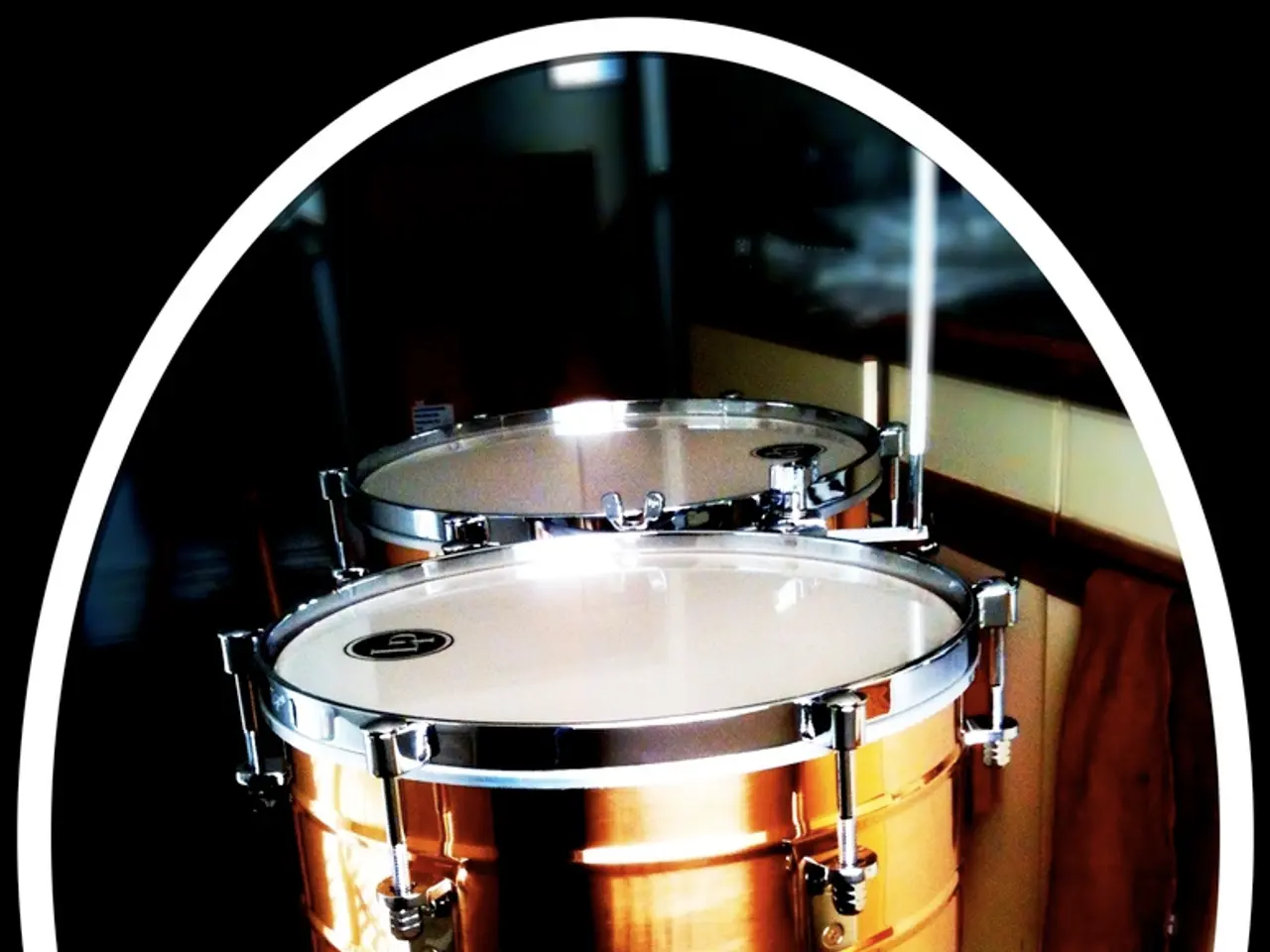Dynamically Building Suspense and Relief in Digital Dance Tunes
In the world of electronic dance music (EDM), creating a captivating listening experience relies heavily on the concept of tension and release. This dynamic duo helps shape the structure of a song, giving the listener a clear path through the track while also serving as key emotional drivers.
Tension and release are integral to various genres, each with its unique approach. For instance, trance music places a strong emphasis on melodic build-ups and emotional release, while in dubstep or trap-influenced bass music, tension builds through heavy sound design, complex drum patterns, and glitch effects. In tech house, tension is often built through subtle changes in rhythm and groove rather than dramatic build-ups. Future Bass and Melodic EDM, on the other hand, rely on lush chords, vocal chops, and detailed sound design to build tension.
Effective techniques for building tension and creating memorable drops include:
- Harmonic and melodic tension: Use chord progressions that resolve, such as moving from dominant to tonic chords, or incorporate dissonant chords for instability. Pitch bending synths to create a rising feel that resolves at the drop enhances anticipation.
- Sound design and layering: Start with fewer elements and progressively add more sounds. Employ effects like reverb and delay to make sounds feel larger and more intense. Use white noise risers, filtered sounds that gradually open, and filter sweeps which create a sonic buildup.
- Automating effects: Automate filters (high-pass/low-pass) over time on synths, drum loops, or the entire mix to build energy. Increasing reverb/delay feedback gradually adds expansion and tension.
- Structural arrangement: Arrange the track so tension builds toward a drop moment. Trance tracks, for example, use an ABAB structure alternating breakdowns (removing drums and focusing on melody) with build-ups that reintroduce rhythmic elements before a climax/drop for a strong release.
- Looping and pitch manipulation: Create tension by looping short sections (e.g., one-beat loops) and pitching them up slightly (e.g., two semitones). Removing or isolating parts (e.g., drums) during loops can increase tension.
- Mixing build-ups and drops: A classic DJ technique is blending the build-up of one track into the drop of another, timing the drop to coincide with the first track’s climax, maximizing energy and surprise.
A well-crafted build-up is where tension reaches its peak, preparing the listener for the release and adding momentum to the track. Filter sweeps, automation, rising pitch, white noise, increasing drum density, rhythmic variation, vocal chops, and FX are core elements that help build tension effectively.
The drop is the payoff to the build-up, delivering on the anticipation and defining the identity of the track. It should immediately lock the listener into a groove. Using the right tools can make it easier to create tension and release in your tracks. Tension adds drama to music, guiding the listener towards a moment of payoff that feels earned and satisfying.
To make the drop feel larger than life, use spatial effects like stereo widening, reverb bursts, or delay trails. Introduce one or two standout sounds or motifs in the drop to keep it fresh. Contrast is used to maximize the impact of the drop.
The build-up to a drop creates anticipation and movement on the dancefloor, helping DJs control the flow of a set. Reintroducing the low-end that was removed during the build-up creates a strong physical response in the drop. Progressive house is known for its long, evolving arrangements.
In conclusion, mastering tension and release is crucial in EDM production. By employing various techniques, producers can create dynamic and engaging tracks that captivate listeners and keep them moving on the dancefloor.
Music in various genres, such as trance, dubstep, tech house, future bass, and melodic EDM, utilizes tension and release to shape their unique structures and evoke emotional responses from listeners. (music, tension, release)
With a well-executed build-up, tension reaches its zenith, preparing the audience for an exhilarating drop that locks them into a rhythmic groove. (tension, drop, groove)







